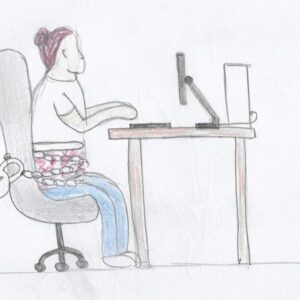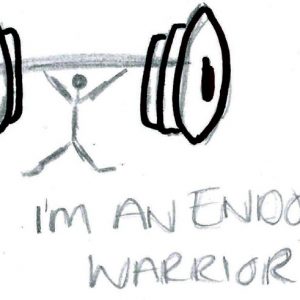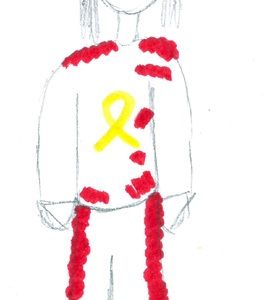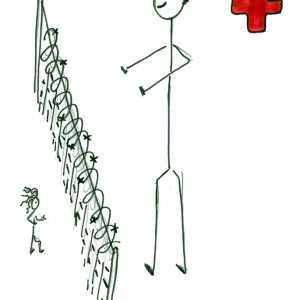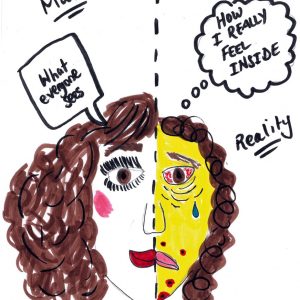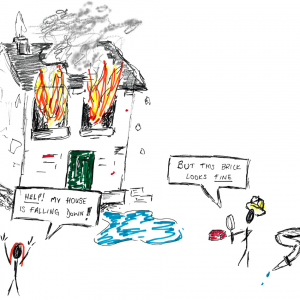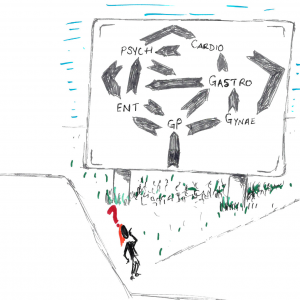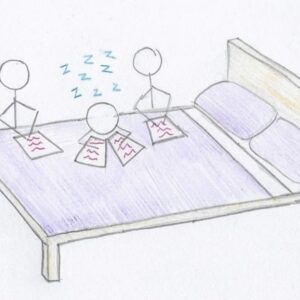
Endometriosis
Endometriosis is considered a chronic gynaecological condition, where tissue similar to that lining the uterus is found in other parts of the body, causing localised inflammation, bleeding and pain.
Read more about Endometriosis
Endometriosis has a prevalence similar to asthma or diabetes, affecting around 1 in 10 girls / women across the world. It can result in internal scarring, organ dysfunction, and infertility.
People with endometriosis often find that their pain starts around puberty and is cyclical / linked to their periods. Many girls and women talk of how they had to miss several days of school / work every month as a result of agonising period pains, which might cause them to vomit or even collapse. Sadly, there is still much stigma around periods, and the associated pains can often be considered ‘normal’. This can contribute to the lengthy diagnostic delay (averaging 7 years) as well as the fact that endo can only be diagnosed via an operation to look inside the pelvis.
As time goes on, many women experience disease progression, so that the pain affects them every day. Bowel and bladder function can be affected so that sufferers can no longer go to the toilet without pain and / or bleeding. They often find themselves experiencing constipation / diarrhoea and / or problems peeing. Similarly, as the disease causes more inflammation and scarring, women find themselves increasingly fatigued, which can severely impact the ability to think straight, even sleep. Some are rendered infertile by the disease. Sadly, it is still wrongly thought that pregnancy is a ‘cure’ for endometriosis and, so, women struggling to conceive are told to get pregnant even when they can’t. This can have a massively detrimental effect on their mental wellbeing.
Unfortunately, there is still no definitive cure for endometriosis. Many women have countless operations and endure lots of hormone-based treatments but still find themselves suffering. The damage this does to mental and physical health can be life-long, with sufferers experiencing the loss of employment and relationships. However, there is a growing sense of unity as more and more women come together to call for improved understanding, treatment, and one day, a cure.
Information sources
Patient support charity


